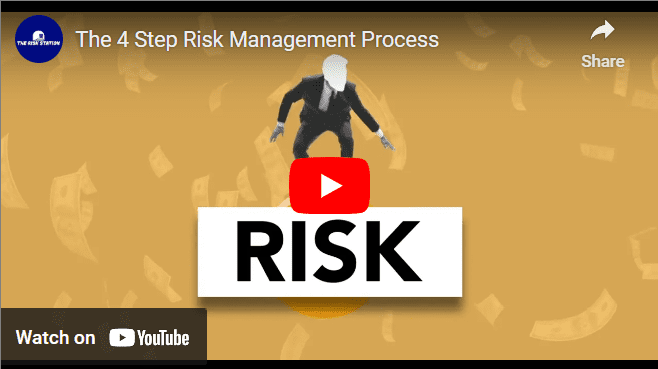In the world of business, uncertainty is an inevitable part of the journey to success. Any number of factors can disrupt operations and hinder progress. That’s why it’s crucial for your organisation to have a solid risk management strategy in place. By understanding and implementing the four steps of risk management, businesses can navigate the uncertainties with confidence and safeguard their operations.
Identifying the Areas of Concern
The first step in the dance of risk management is identifying the risk. This involves recognising potential threats that could disrupt business operations. These risks can come in various forms, from financial instability and technological failures to natural disasters. To effectively manage risk, businesses must leave no stone unturned in identifying potential threats. By being proactive in this step, businesses can take the necessary precautions to minimise the impact of potential disruptions.
Risk Assessment
Once the risks have been identified, the next step is risk assessment. In this step, your business evaluate each risk’s likelihood of occurring and its potential impact on the business. It’s like taking the temperature of each risk, understanding how hot or cold it is. This evaluation allows businesses to prioritise risks and allocate resources accordingly. By knowing the potential impact of each risk, organisations can develop effective strategies to mitigate them.
Treating the Impact
After assessing the risks, the next step is treating the impact. This is where your organisation take action to manage and mitigate the identified risk impacts. Depending on the assessed risk, businesses may choose to avoid, reduce, share, or even accept it. It’s like picking the right dance move – organisations must make the right decision to keep their business in rhythm. By actively treating the risks, businesses can minimise their exposure and ensure the smooth operation of their operations.
Monitoring and Reporting
The final step in the dance of risk management is monitoring and reporting on the risk. Risk management is an ongoing process that requires constant vigilance. Your business need to keep a close eye on the identified risks and ensure that their risk treatment strategies are effective. Regular reporting allows businesses to communicate the status of risks to stakeholders, keeping everyone in the loop. This transparency builds trust and ensures that everyone is working towards the common goal of safeguarding the business.
Conclusion
In summary, the four steps of risk management – identifying the risk, assessing the risk, treating the risk, and monitoring and reporting on the risk – are like a well-choreographed dance. Each step is equally important, and when performed in sequence, they help ensure the smooth operation of a business despite the uncertainties that may come its way. Understanding and implementing these steps is not just an exercise in compliance; it’s a strategic move. It’s about being proactive rather than reactive, making informed decisions, and ultimately safeguarding the business from potential disruptions. So, next time you’re faced with uncertainty, remember this dance and let the rhythm of risk management guide you to success.





